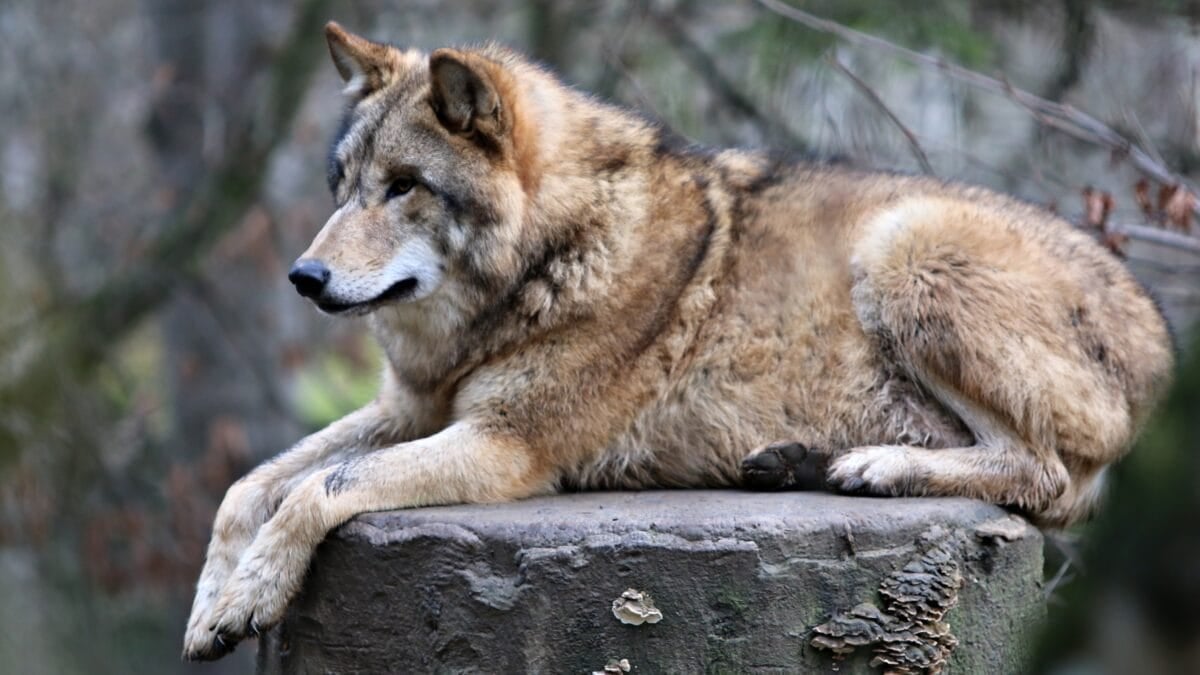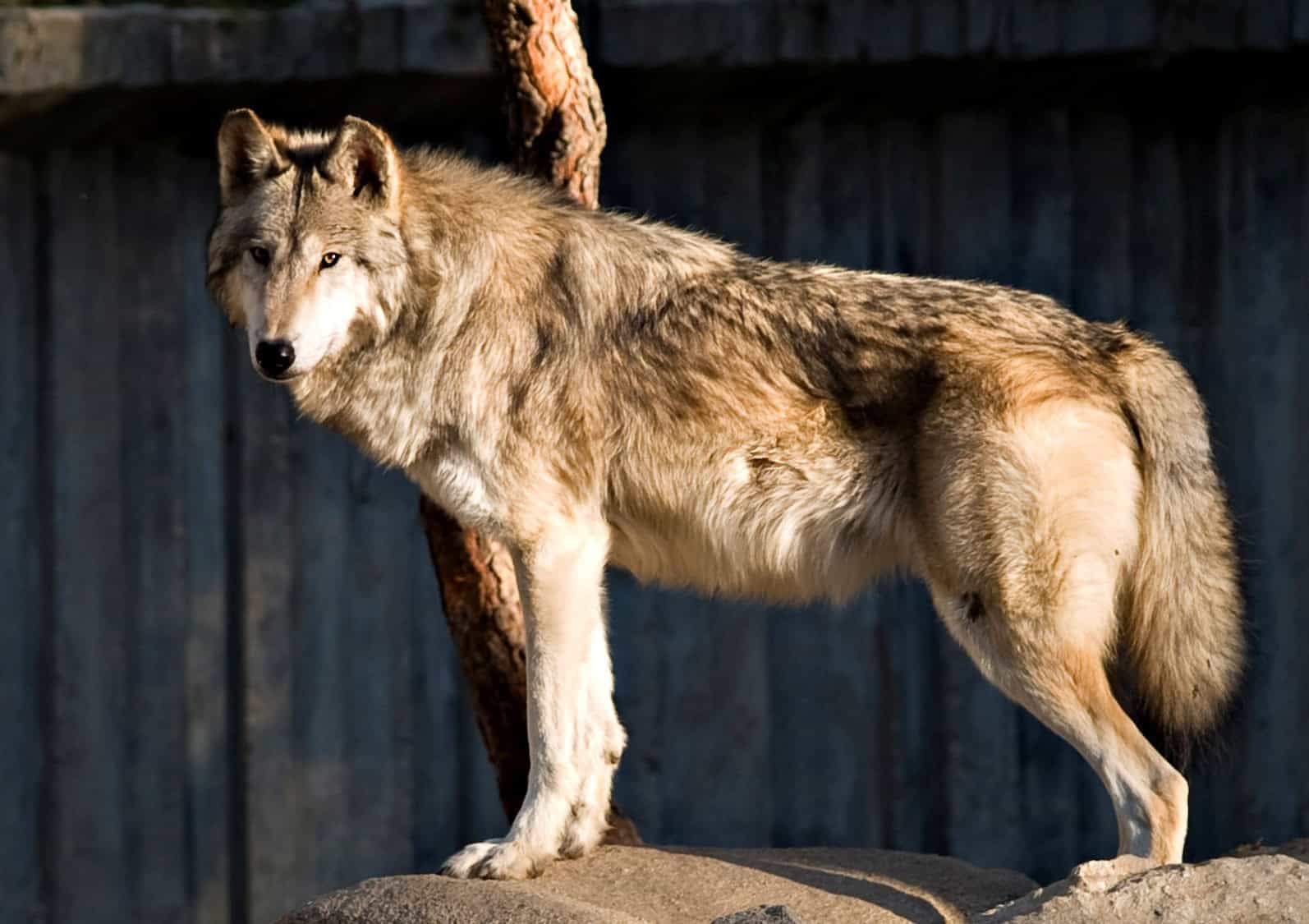The world of wildlife is full of astonishing creatures that captivate the imagination. Among these, wolves hold a special place, often portrayed as the majestic rulers of the wild. Wolves are known for their remarkable size, strength, and intelligence. Yet, even within this extraordinary species, there are exceptional individuals that stand out. Meet the world’s largest wolf ever recorded—an awe-inspiring animal whose size is truly staggering. This article explores the history, characteristics, and fascinating facts about this extraordinary wolf.
Introduction to Wolves

Wolves are magnificent creatures that have roamed the Earth for thousands of years. As apex predators, they play a crucial role in maintaining the balance of ecosystems. Generally, wolves are known for their social structures, intelligence, and adaptability. Found primarily across North America, Europe, and Asia, wolves inspire a mix of love and fear due to their elusive nature and mythic presence in human culture.
The Discovery of the Largest Wolf

The largest wolf on record was discovered in the cold regions of Northern America, where wolves tend to grow larger than their southern counterparts. This discovery was made by wildlife researchers who were conducting a study on wolf populations in the area. The sheer size of this wolf astounded the scientists and added to the legend of these amazing animals.
Physical Characteristics and Measurements

The world’s largest wolf ever recorded weighed a staggering 175 pounds (approximately 79 kg), far exceeding the average weight of gray wolves, which typically range from 70 to 115 pounds. This colossal wolf measured over 7 feet (about 213 cm) from nose to tail. Such dimensions make it an extraordinary specimen, setting a benchmark in wolf history. Its robust physique was complemented by an equally impressive mane and powerful limbs, reflective of its dominance in the wild.
The Reasons Behind Its Size

There are several factors that may have contributed to the gigantic size of this wolf. Genetic variations can sometimes result in larger specimens within a species. Additionally, the availability of abundant prey and the necessity to traverse vast territories might have driven evolutionary adaptations toward larger physiques in certain habitats. Environmental conditions in colder climates also tend to favor larger body sizes among warm-blooded animals, as they retain heat more efficiently.
The Ecology of the Region

The region where this wolf was found is characterized by harsh winters and dense forests, providing the perfect environment for wolves to thrive. Predators need to remain robust to survive and outdoor conditions demand that they are well-fed and physically capable. Prey such as deer, elk, and moose in these areas offer ample nutrition, supporting the growth of larger apex predators.
The Role of Wolves in Ecosystems

Wolves are vital to their ecosystems as they help control the populations of herbivores like deer and elk. This predatory action prevents overgrazing and maintains vegetation health, which in turn supports a diversity of species. The presence of such a large wolf indicates a well-maintained ecosystem, capable of sustaining top-tier predators.
Behavior and Social Structure

Wolves are highly social animals that live in packs. These packs operate under a strict hierarchy, led by an alpha pair. This social structure is critical for cooperative hunting and ensuring the survival of the pack members. A wolf of such remarkable size would likely have been an alpha, enforcing its dominance through physical prowess and leadership skills.
Impact on Human Perception

Wolves have long influenced human culture, symbolizing everything from wilderness and freedom to treachery and destruction. Encountering a wolf of such record-breaking size only fuels the imagination further, reinforcing both admiration and concern regarding these powerful creatures. Whilst such a large wolf might seem intimidating, it serves as a vivid reminder of the raw, untamed beauty of nature.
Conservation Status and Efforts

Despite their dominance in the wild, wolves face threats from habitat loss, human conflict, and climate change. Conservation efforts are critical to ensuring their survival. Initiatives include protected territories, wildlife corridors, and public education to manage human-wolf interactions responsibly. Understanding and preserving wolf populations, including extraordinary specimens like the largest wolf, is essential for biodiversity.
Human-Wolf Interactions and Coexistence

While some tension exists between wolves and humans, primarily due to livestock predation, coexistence is possible through proper management strategies. Livestock protection measures, alongside wolf conservation initiatives, can mitigate conflicts. Additionally, cultural appreciation and awareness can foster a more harmonious relationship between humans and these majestic predators.
The Legacy of the Largest Wolf

The discovery of the world’s largest wolf provides an extraordinary case study, highlighting the potential of nature to produce awe-inspiring creatures. This wolf’s legacy endures, sparking interest and respect for wolves and their wild habitats. It also reinforces the importance of conservation and scientific research in understanding and preserving the natural world.
Conclusion: The Majestic Presence of Wolves

Wolves represent the untamed spirit of the wilderness, and the largest wolf ever recorded exemplifies this magnificence. By exploring and understanding these remarkable animals, we not only appreciate their ecological importance but also recognize our role in ensuring their continued existence. The story of this colossal wolf reminds us of the wonders of nature and the need to protect it for future generations to admire and learn from.
- Meet the World’s Largest Wolf Ever Recorded – Its Size is Unreal! - August 13, 2025
- Why You’re More Likely to See Bald Eagles in Winter - August 13, 2025
- The Most Gigantic Grizzly Bear Ever Caught on Camera in the US - August 13, 2025

